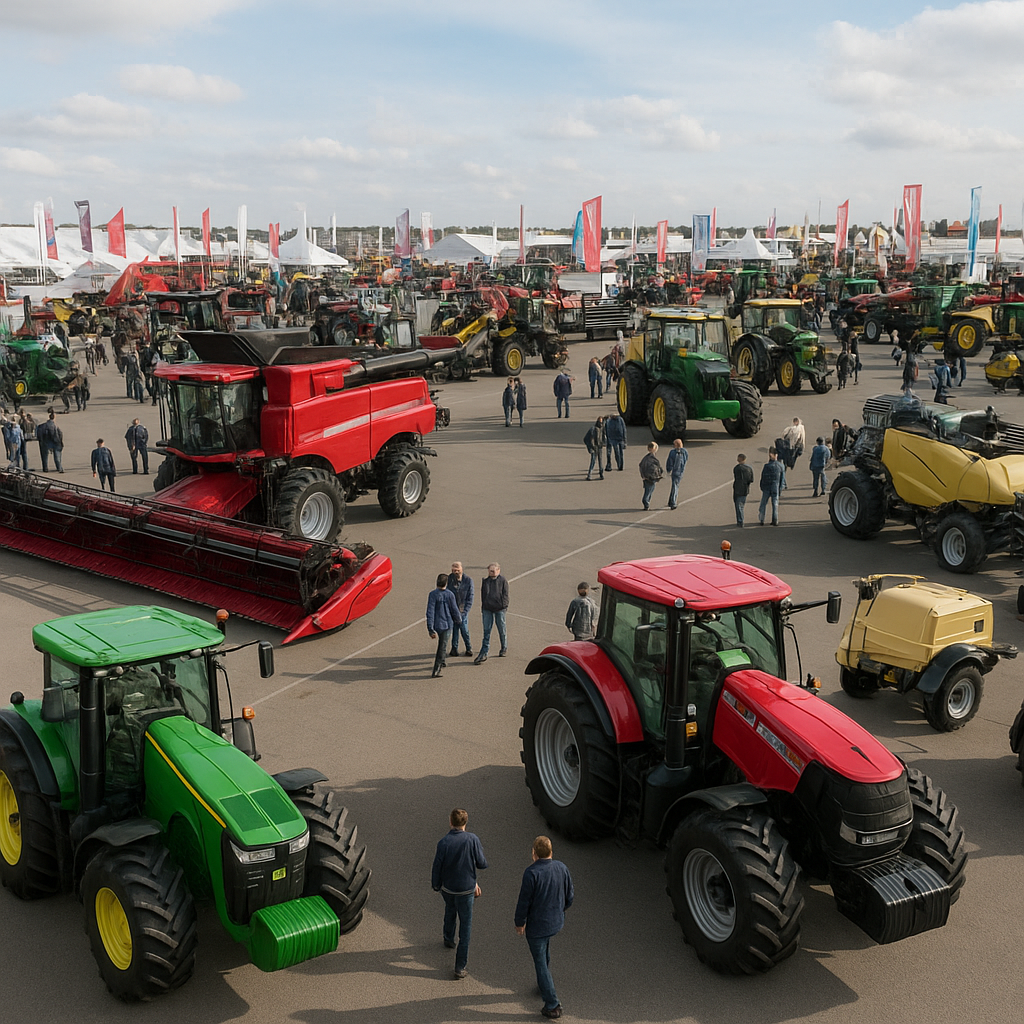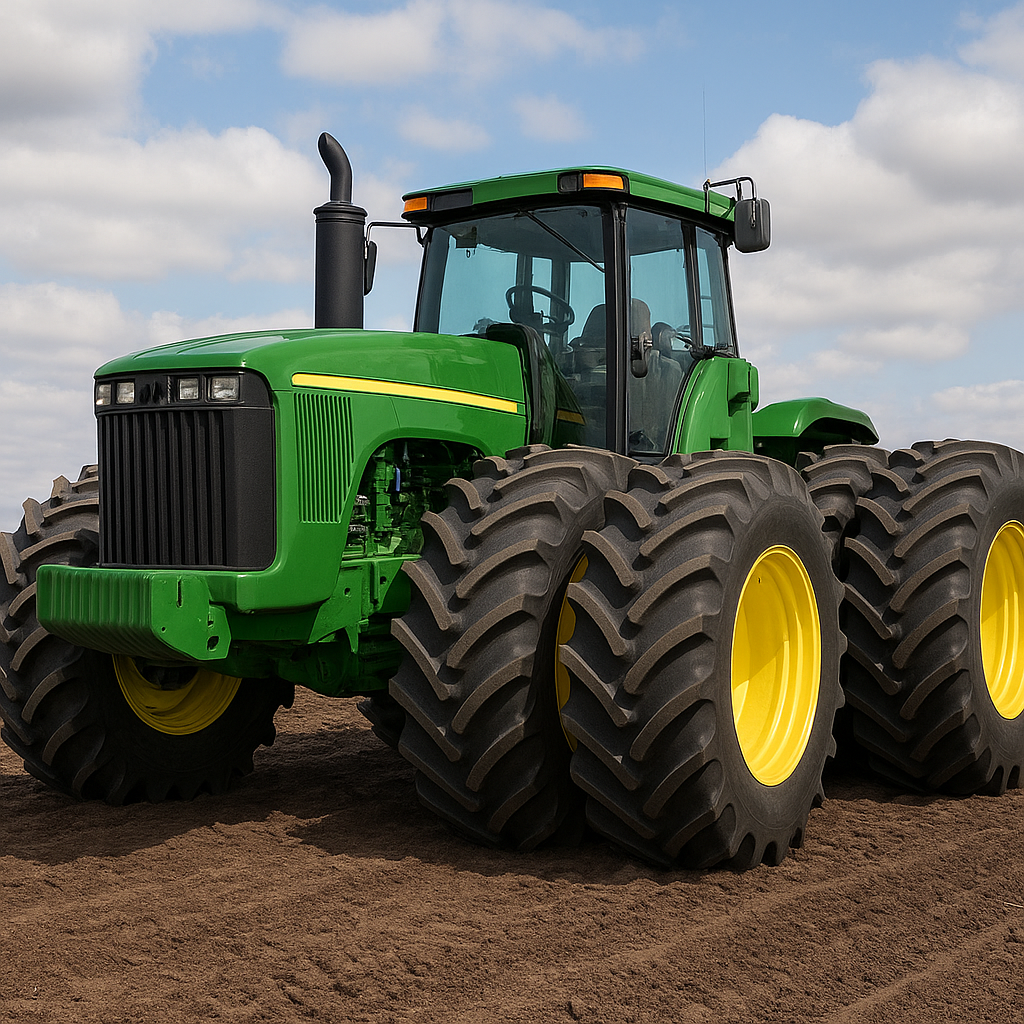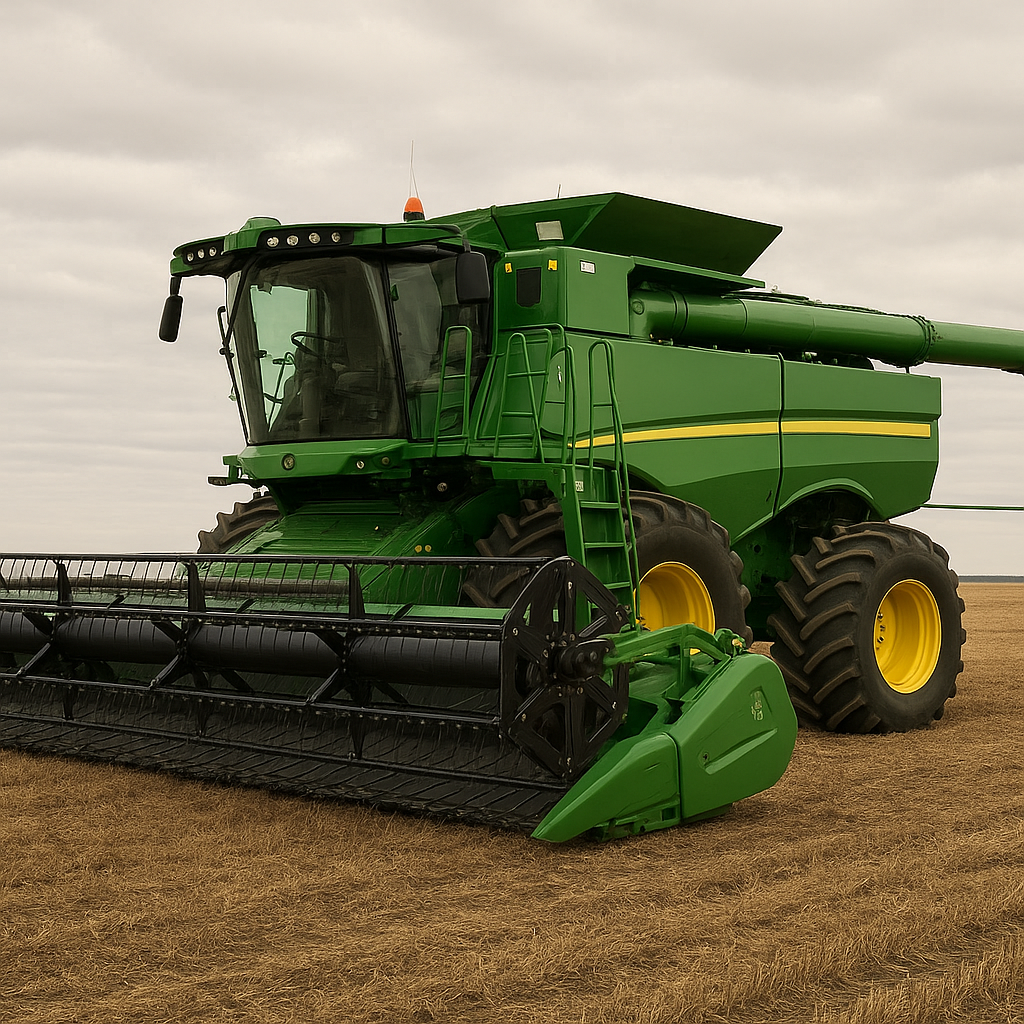In the realm of modern agriculture, the role of sensors and the Internet of Things (IoT) in enhancing tractor functionality has become increasingly significant. These technological advancements are revolutionizing the way farmers manage their fields, optimize their resources, and increase productivity. This article delves into the various ways sensors and IoT are transforming tractors, making them smarter and more efficient.
Integration of Sensors in Tractors
Sensors are the backbone of modern tractor technology, providing real-time data that can be used to make informed decisions. These sensors are integrated into various parts of the tractor, including the engine, tires, and hydraulic systems, to monitor performance and detect potential issues before they become serious problems.
Engine Monitoring
One of the most critical applications of sensors in tractors is engine monitoring. Sensors can track various parameters such as temperature, pressure, and fuel consumption. This data is crucial for maintaining optimal engine performance and preventing breakdowns. For instance, temperature sensors can alert the operator if the engine is overheating, allowing for immediate action to prevent damage.
Tire Pressure Monitoring
Maintaining the correct tire pressure is essential for efficient tractor operation. Sensors can continuously monitor tire pressure and alert the operator if it falls below the recommended level. This not only helps in reducing fuel consumption but also extends the lifespan of the tires, saving costs in the long run.
Hydraulic System Monitoring
The hydraulic system is another critical component of a tractor that benefits from sensor integration. Sensors can monitor the pressure and flow of hydraulic fluid, ensuring that the system operates efficiently. Any anomalies can be detected early, preventing potential failures that could disrupt farming operations.
The Impact of IoT on Tractor Functionality
The Internet of Things (IoT) takes the capabilities of sensors to the next level by enabling connectivity and data sharing. IoT allows tractors to communicate with other devices and systems, creating a network of interconnected machines that work together seamlessly. This connectivity offers numerous benefits, from remote monitoring to predictive maintenance.
Remote Monitoring and Control
IoT enables farmers to monitor and control their tractors remotely. Using a smartphone or computer, operators can access real-time data on the tractor’s performance, location, and status. This capability is particularly useful for large farms where multiple tractors are in operation simultaneously. Remote monitoring allows for quick adjustments and interventions, improving overall efficiency.
Predictive Maintenance
One of the most significant advantages of IoT in tractors is predictive maintenance. By analyzing data from various sensors, IoT systems can predict when a component is likely to fail and schedule maintenance before a breakdown occurs. This proactive approach reduces downtime and maintenance costs, ensuring that tractors are always in optimal working condition.
Data-Driven Decision Making
IoT provides farmers with a wealth of data that can be used to make informed decisions. For example, data on soil conditions, weather, and crop health can be integrated with tractor performance data to optimize farming practices. This holistic approach leads to better resource management, higher yields, and increased profitability.
Case Studies and Real-World Applications
Several real-world applications and case studies highlight the transformative impact of sensors and IoT on tractor functionality. These examples demonstrate how technology is being leveraged to address specific challenges and improve overall efficiency in agriculture.
John Deere’s Precision Agriculture
John Deere, a leading manufacturer of agricultural machinery, has been at the forefront of integrating sensors and IoT into their tractors. Their precision agriculture solutions use advanced sensors and IoT connectivity to provide farmers with detailed insights into their operations. For instance, John Deere’s tractors can collect data on soil moisture, nutrient levels, and crop health, allowing farmers to make data-driven decisions that optimize yields and reduce waste.
Case IH’s AFS Connect
Case IH, another major player in the agricultural machinery industry, offers the AFS Connect system, which leverages IoT to enhance tractor functionality. AFS Connect provides real-time data on tractor performance, enabling remote monitoring and diagnostics. This system also allows for seamless data sharing between different machines and systems, creating a fully integrated farming operation.
Future Trends and Innovations
The integration of sensors and IoT in tractors is an ongoing process, with continuous advancements and innovations on the horizon. Future trends are likely to focus on further enhancing connectivity, automation, and data analytics to create even smarter and more efficient tractors.
Enhanced Connectivity
Future tractors will likely feature enhanced connectivity options, including 5G technology, to enable faster and more reliable data transmission. This will facilitate real-time communication between tractors and other devices, improving coordination and efficiency in farming operations.
Autonomous Tractors
Autonomous tractors are another exciting development in the agricultural industry. By leveraging sensors, IoT, and artificial intelligence, these tractors can operate without human intervention, performing tasks such as planting, harvesting, and spraying with high precision. Autonomous tractors have the potential to significantly reduce labor costs and increase productivity.
Advanced Data Analytics
As the amount of data collected by sensors and IoT devices continues to grow, advanced data analytics will play a crucial role in extracting valuable insights. Machine learning algorithms can analyze vast amounts of data to identify patterns and trends, helping farmers make more informed decisions and optimize their operations.
In conclusion, the integration of sensors and IoT in tractors is revolutionizing the agricultural industry. These technologies provide farmers with real-time data, enabling them to make informed decisions, optimize resources, and increase productivity. As advancements continue, the future of farming looks promising, with smarter and more efficient tractors leading the way.









